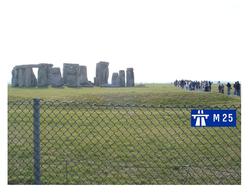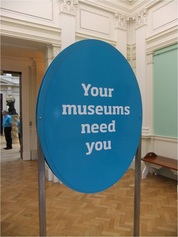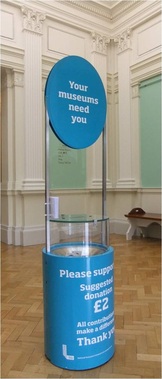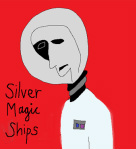
For we know that if the earthly tent we live in is destroyed,
we have a building from God, an eternal house in heaven,
not built by human hands.
2 Corinthians 5 (New International Version)
The quotation above is from Paul the Apostle's Second Epistle to the Corinthians. It currently has a special resonance given the makeshift anti-capitalist protest camp that has appeared outside St Paul's Cathedral in the City of London. The continuing presence of these tents has today led to the resignation of the dean of St Paul's, the Rt Rev Graeme Knowles. He stepped down from his post on the grounds that "criticism of the cathedral has mounted in the press, media and in public opinion" to such an extent that his position was "becoming untenable."(1) The dean's departure follows the resignation last week of the canon chancellor, Giles Fraser.
Toby Young has argued that it was Fraser who prevented the Metropolitan Police from dispersing the "Occupy London" protesters who gathered outside the cathedral following their abortive attempt to target the London Stock Exchange. Young condemned Fraser for actions that had forced St Paul’s cathedral "to shut its doors to the public, resulting in losses of £20,000 a day."(2)
Whether accurate or not, Young's reference to lost income underlines the fact that St Paul's Cathedral is a heritage enterprise. Should you happen to be a doubting Thomas when it comes to the heritagisation of the cathedral, then I suggest you pay a visit to its online shop (3).
In happier circumstances, visitors to the cathedral are able to hire a touchscreen multimedia device before climbing the dome or exploring the crypt. They can then "travel back in time in an immersive film experience" before quenching their thirst with a nice cup of tea. After all, "[t]here's probably nothing more uniquely British than afternoon tea" (to quote "The Restaurant at St Paul’s", which inevitably has its own dedicated website).(4).
All this comes at a cost, of course. A six year old child would need to find £5.50 to enter this house of God (this includes the multimedia guide but not a cup of tea). Adults have to part with £14.50.(5)
Those with a little less cash might decide to visit the National Gallery where they can genuflect for free in front of all manner of altar panels ripped from various churches.
Alternatively, frustrated visitors to St Paul's might seek shelter in the tents clustered around its grand entrance. They'd probably be more likely to learn about the teaching of Christ in a protest camp than at the ticket desk of the cathedral.
The church authorities should consider downloading and digesting the words of the Rev Billy. In so doing they will be "delighted to discover the difference" between "consumerism" and "freedom". Because those protesters who "disturb the customers" from shopping at St Paul's Cathedral just might be loving their neighbour. After all, these "ordinary citizen[s]" holding onto that "patch of public commons... are the New World." (6) And that New World is taking shape at the gates to St Paul's Cathedral, much to the Church of England's annoyance.
The cash tills of St Paul’s Cathedral are silent. Only once each and every "earthly tent" is cleared away will they be able to open their coffers once more.
Hallelujah for the Church of England!
____
Notes
(1) "Dean of St Paul’s Cathedral announces intention to resign", 31/10/2011, accessed 31/10/2011 at, http://www.stpauls.co.uk/News-Press/Latest-News/Dean-of-St-Pauls-Cathedral-announces-intention-to-resign-31-October-2011.
(2) Toby Young, "Canon Giles Fraser resigns from St Paul's Cathedral on Twitter, having single-handedly cost the Cathedral hundreds of thousands in lost revenue", 27/10/2011, accessed 31/10/2011 at, http://blogs.telegraph.co.uk/news/tobyyoung/100113964/canon-giles-fraser-resigns-from-st-pauls-cathedral-on-twitter-having-single-handedly-cost-the-cathedral-hundreds-of-thousands-in-lost-revenue/
(3) Shop at St Paul's Cathedral, http://www.stpaulsshop.org.uk.
(4) The Restaurant at St Paul's, http://www.restaurantatstpauls.co.uk/afternoon-tea.
(5) "Sightseeing Times & Prices", accessed 31/10/2011 at, http://www.stpauls.co.uk/Visits-Events/Sightseeing-Times-Prices.
(6) Talen, Bill (2008) "Beatitudes of Buylessness", The Shopocalypse, stopshopping music (see my "Life without products" posting, 23/08/2011).












